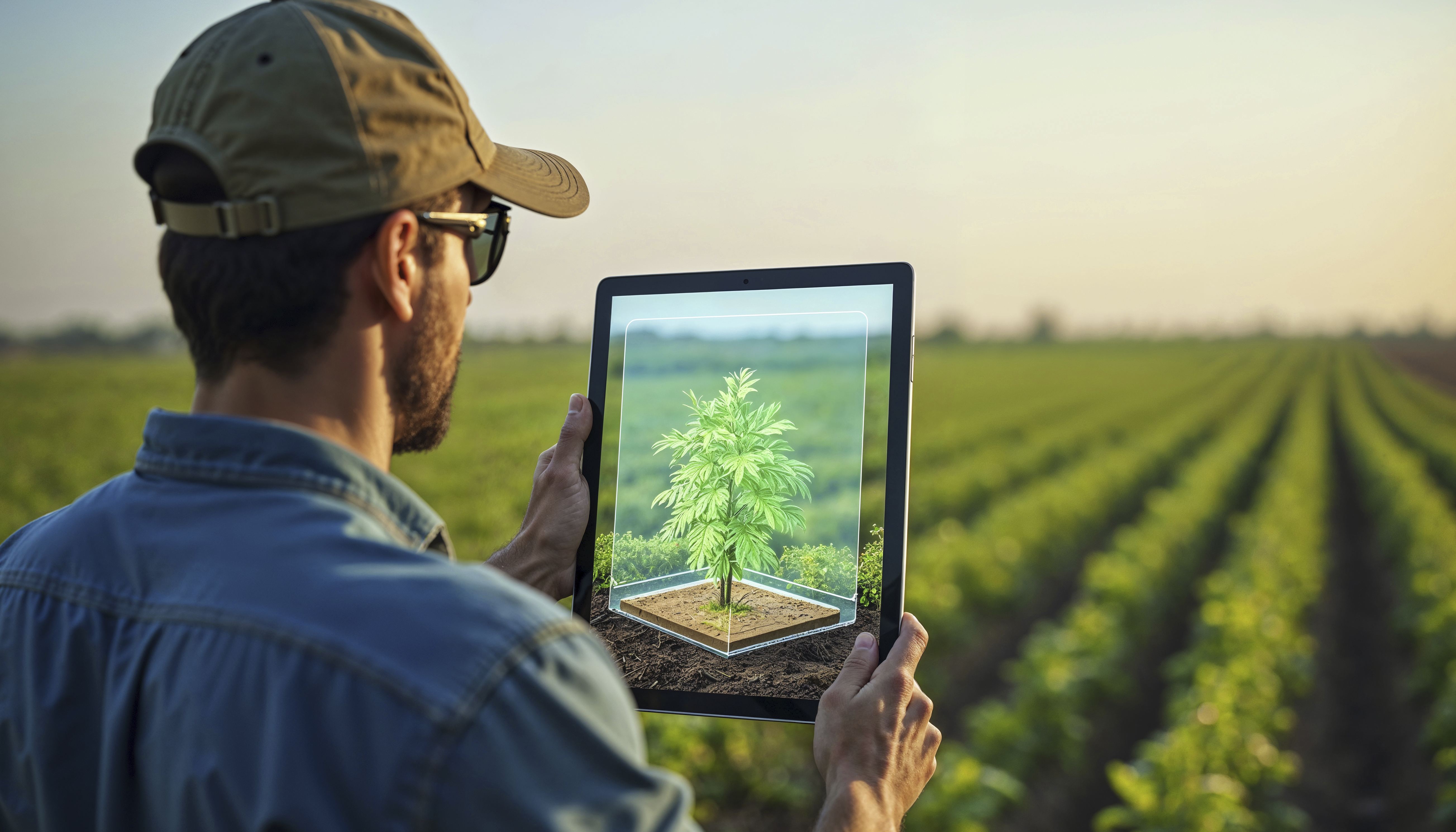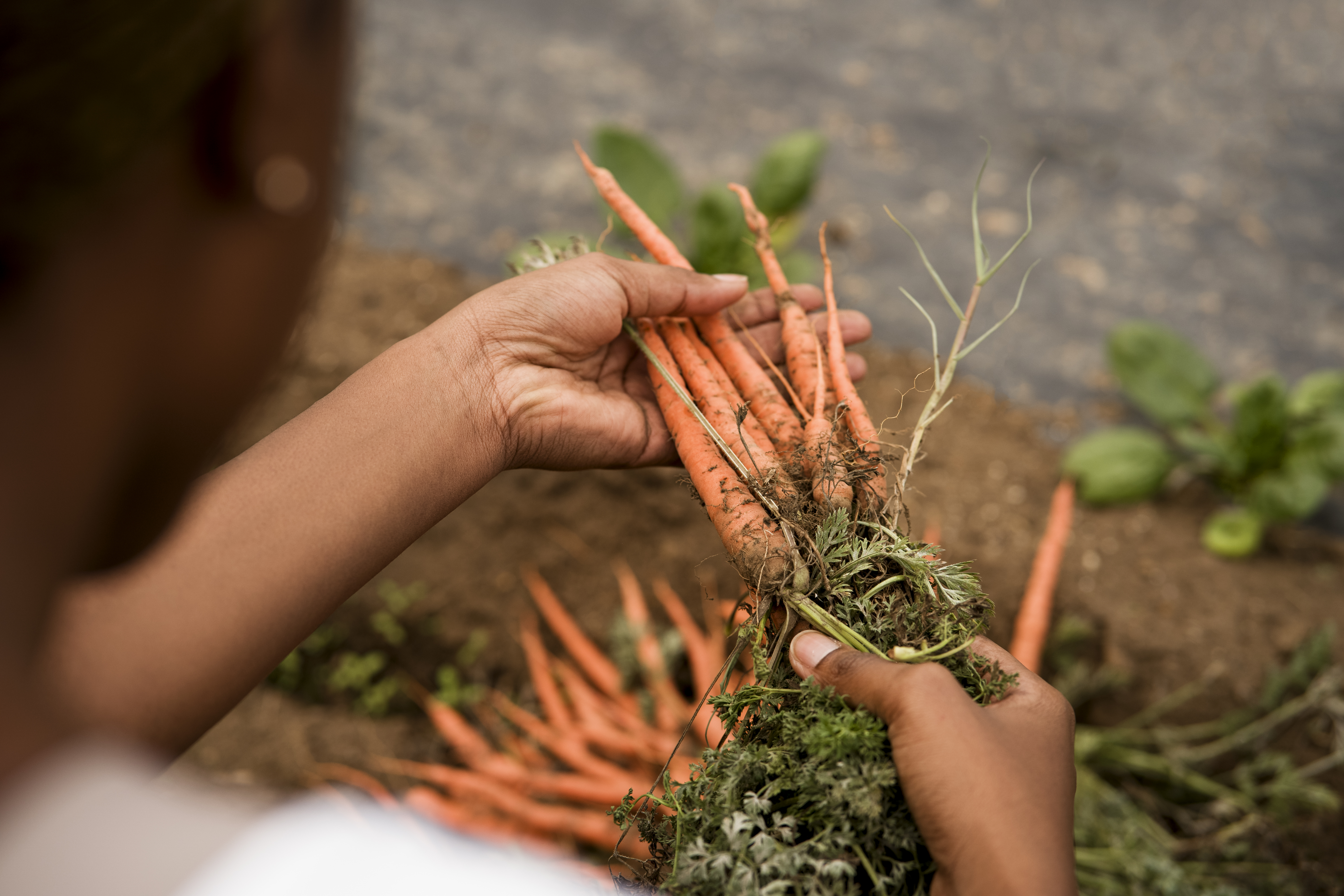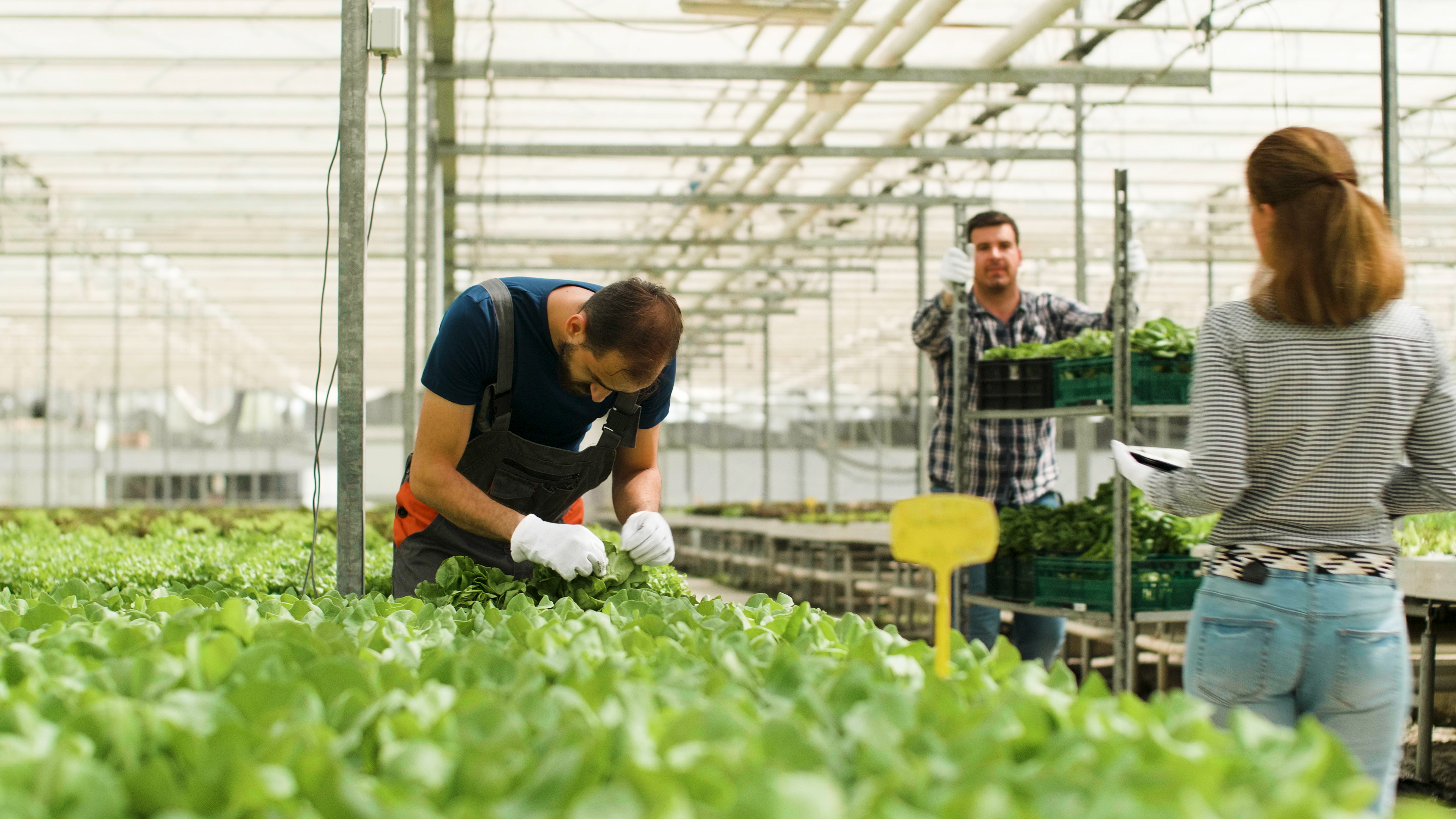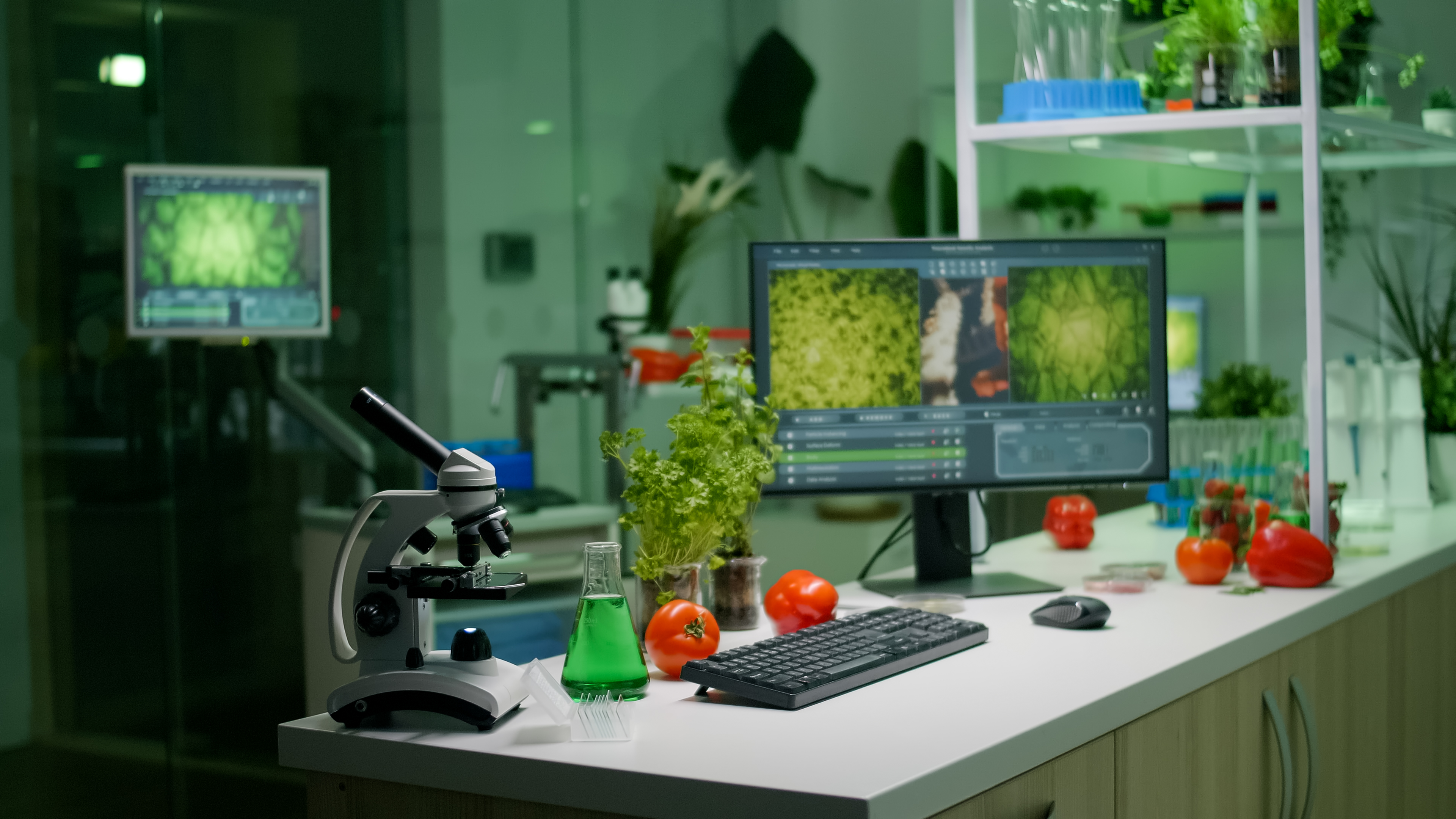How AI Innovations Are Reshaping the Future of Agriculture in Asia

Bidding farewell to the night, the sun peeps from behind the mountains overlooking the East, to bring forth another day. But this isn’t just an ordinary day, as change is impending. Ranging from farming styles to production crops, an alteration in the economy is around the corner thanks to a single factor – Artificial Intelligence (AI). For someone who has seen the growth in blog culture for the past ten years, it is utterly fascinating to think how technology would revolutionize the most ancient of industries. AI stands to be the answer to the enigma of advancing agricultural practices across Asia, improving the region’s output, and incorporating formidable food systems.
For centuries, agriculture has been reliant on backbreaking labor and painstaking processes, owing to limited resources, and lack of technological understanding. However, That was between 25 – 50 years ago, because since then the advancement of AI technologies has poured over Asia and greatly with it came the agriculture sector’s new Practices and American dream of Economization that includes tools to assist farmers with cold hard data, deal with food shortages, resolve numerous ailments plaguing the farmers and so much more. Agriculture has come far since those dark ages. Let us know examine the crucial technologies to allow us to take a leap forward.
One of the areas affected by AI, with farming being a prime one, pertains to precision agriculture. The end goal of this technique is to optimize productivity and profitability but also to ensure that farm supplies are properly managed as it accomplishes these tasks. Sensors and drones enable farmers to monitor their crops in real time collecting vital information on how they can each particular crop. So that farmers are able to maximize profit while also benefiting the environment the use of AI technology has enabled the more efficient use of fertilizers and pesticides, as well as greatly improving Intel taken from satellite images. Which in turn translates to increased yields while maintaining as minimal environmental impact as possible.
Additionally, AI is fuelling a change in the way pesticides and diseases are acquired and treated. Predictive analytics allows farmers to avoid having to deal with pest outbreaks since they can almost certainly exercise some form of control. Predictive analytics is useful to farmers as it enables them to take proactive measures rather than reactive ones. Curbing the use of harmful substances whilst cultivating healthy crops is made seamless through the integration of AI in pest management solutions. Which is a huge advantage for farmers in Asia.
An additional astonishing development is AI-based robotic arm fabrication. Robotic interventions are starting to fill the void in nations like Japan and China which are experiencing workforce deficits. Autonomous tractors and harvesters can handle tasks incredibly, lessen the physical demand on farm workers, and guarantee that job will go on in the absence of human workers. The robots can also be set to start at the right time, hence crops will be harvested when they are at their best, hence improving the quality and quantity of the yields.
To add to this, Artificial intelligence is also helping in improving supply chain logistics. In a continent like Asia which is very heterogeneous, improved and efficient distribution is important especially in agriculture which is usually fragmented. AI can help to optimize logistics by forecasting demand, managing inventories, and minimizing wastage. In addition, it assists farmers in receiving appropriate pricing for their products, while assisting fresh produce that is delivered to customers in a shorter time period. As a result, by optimizing the supply chain, AI assists in closing the gap between agriculture producers and markets for the greatest benefit of all.
Another core aspect of AI in agriculture is the aspect of sustainability. The impacts of climate change are real, and we see a growing number of Asian farmers using AI systems that encourage environmentally friendly practices. For example, it is possible to manage irrigating water by using AI to calculate expected irrigation requirements given climate forecasts and soil moisture. This means less water is wasted while ensuring that crops are sufficiently watered, which is important in areas facing a shortage.
Additionally, AI can assist with performing a climate impact assessment based on the projected climate forecasts. When such large volumes of climate data are available to them, AI would provide farmers with information on how climate change would affect their crops and the agricultural cycles. This enables them to alter farming practices such as the timing of planting, types of crops to plant, and even how much resources to use, thereby increasing their adaptability to climate change.
The future not only excites us but also opens a whole ocean of possibilities as far as AI in agriculture is concerned. But it has to be understood that the successful adoption of AI technologies will require efforts from the government, technology companies and local farmers. Education and training are some important elements that need to be in place so that farmers can effectively use AI solutions. Efforts to equip farmers with basic education and technology will be important so that the maximum possible benefits of such advances are realized.
To sum up, the reality is that AI inventions are not only changing agriculture in Asia, but they are building a new system which emphasizes over efficiency, sustainability, and resiliency. And in adopting such technology, farmers of Asia are not only increasing the productivity but also proportionating towards a more secure and sustainable food future for billions. It will be interesting to see further as new possibilities of AI technologies are explored and employed how the agricultural systems that coexist and prosper together with the natural environment and ever-increasing global population needs will be more advanced.



